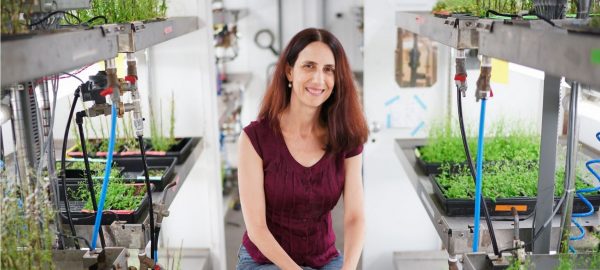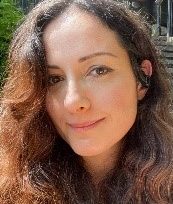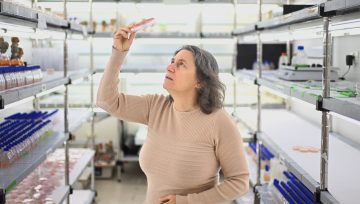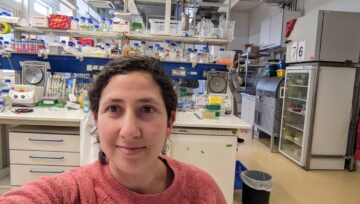The article was published in Nature Microbiology.
On the occasion of the win, we asked Sophia to provide us with some interesting details about the study, the path that led to the research, and a bit about her.
- Hi, could you introduce yourself in a few words?
I did my undergrad at the Technion and received a BSc in Biology. I started working in Prof. Lindell’s lab as an undergrad doing a project, working on cyanobacterial resistance mechanisms against phage infection which turned into a master’s and ended up doing the direct to PhD track, continuing the same project. After getting my PhD in early 2020, I worked as a postdoc at Institute Pasteur, Paris, investigating the role of the immune system during experimental phage therapy, in the Lab of Dr. Laurent Debarbiex. Currently I’m on my second postdoc, working on antimicrobial resistance in the lab of Prof. Stefano Pagliara, at the University of Exeter, UK.
- Could you explain what Prof. Lindell Laboratory is all about?
Cyanobacteria are important primary producers in the oceans. The Lindell lab studies the interaction between cyanobacteria and cyanophages to understand how cyanophages impact cyanobacterial abundance, physiology and evolution. Resistance is one aspect of this research. Another is understanding the molecular mechanisms for taking over host processes at the beginning of infection. Others focus on investigating cyanophage distribution and infection patterns in the oceans and understanding the environmental conditions that affect them.
- Tell us about your current article/research. What was the purpose of the study, and what did you discover?”
This research was a continuation of a 2019 PNAS manuscript where we reported that resistance against generalist phages (phages with many hosts) was predominantly intracellular. In this research paper we investigated the intracellular resistance mechanisms of one cyanobacterium – Synechococcus WH5701 against infection by a generalist phage – Syn9. We found that the resistance was due to low availability of a specific tRNA in the host, where it appears that the host doesn’t express this tRNA, rendering it resistant.
- Can you elaborate on the importance of the discovery? How will it serve you and what directions does it take? What is the application of the discovery (domains, solutions)?
This is an example of an intracellular passive resistance, something that has not been studied extensively before.
- Name 3 prominent tools that you received in the laboratory during your work and studies.
I started in the laboratory as an undergrad. It’s difficult to pinpoint only three, everything I know about doing research I learned during my time in this lab.
- How do you manage to balance research with your personal life, and what hobbies or activities help you maintain that balance?
Respectfully, I prefer not to answer any personal questions
- What are your plans for the future of your career?
Start applying for faculty position within the next year or two.
➡ A link to the full article: https://rdcu.be/d5ptW
➡ A link to the Prof. Lindell lab site: https://lindelltechnion.wixsite.com/lindell-lab
➡ To Prof. Lindell page:https://lindelltechnion.wixsite.com/lindell-lab













